Every successful content marketing program starts with a solid content strategy.
In the B2B industry, your content strategy has to be aligned with the end business goals.
And, two important goals for any B2B company are:
- Qualified traffic
- Business leads
If you’re into the B2B industry and not sure where to get started with content strategy, you’ll find this post helpful.
In this guide, you’ll learn the top B2B content marketing strategies to get qualified traffic and leads.
Table of Contents
Toggle1. Content Updating Framework
To get more organic traffic, you don’t always need to publish new content. Instead, updating old articles is one of the best ways to get reliable SEO wins.
But the fact is:
Not every content piece on the site is worthwhile to make a major update. Therefore you need to audit the existing content with the content update framework.
Here it is →
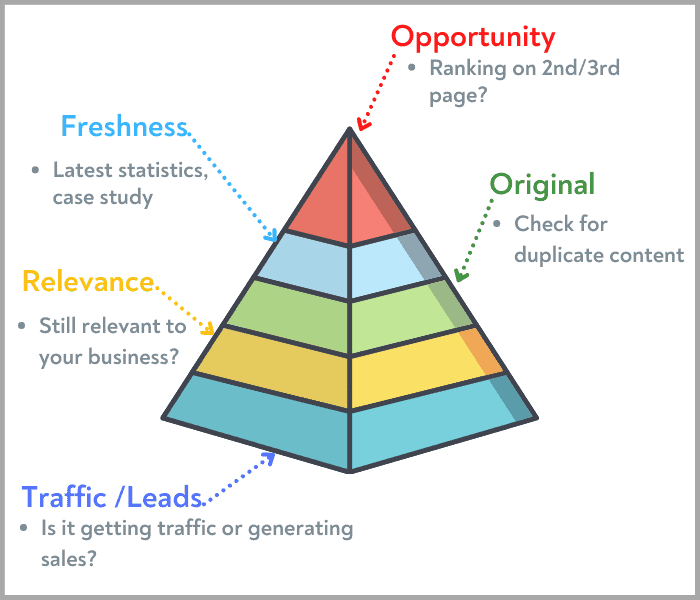
Step 1/ Find the ranking opportunity
The easiest way to win organic traffic is by optimizing your articles that are ranking on the 2nd or 3rd page of Google.
The reason?
These content pieces (mainly from 11th to 30th position) are already relevant to the target keywords but for some obvious reasons, it is not able to get on the first page.
Some common issues with these articles could be:
- Maybe the content isn’t that in-depth as compared to top 3 results
- The page has less authority compared to top pages
- Chances are that the content is not updated with latest stats, information, etc.
Step-by-step action items:
1/ Make a list of articles ranking on either the 2nd or 3rd page of Google.
2/ Ensure that these articles are at least 6 months or more old. (Sometimes Google takes time to settle the ranking for some pages. So, it’s better to give it some time before making any major changes)
3/ Identify the missing factor from the article: Compare your content with top 5 results and notice what can be improved in terms of content.
4/ Write guest articles related to the article and try to get a link back to the page. Sometimes, lack of authority can be a reason for lower ranking. So, a little push through guest posting can be beneficial.
Step 2/ Check for freshness and relevance
Some of your content pieces were published maybe a year or two years ago. So, chances are there are new statistics, trending topics, and study research is available.
Then it’s essential to update these pages to make them as fresh as possible.
Even if these articles aren’t ranking near the 2nd or 3rd page, I’d recommend you to take time and update the pages.

This will provide your users a better experience and sometimes you might see a traffic gain because of the content upgrade.
Also, delete/no-index the pages aren’t relevant to your business offerings anymore.
Relevant read: Digital marketing strategies for co-working spaces
2. Write Case Studies
One of the most important content formats that will move the needle for your business is: Customer case studies.
The goal of effective case studies is not to drive thousands of traffic to your site.
Instead it should be crafted for a very targeted audience to turn them into paying customers.
A good, genuine, and transparent customer case study helps you in:
- Gain trust
- Closing a deal
- Build brand awareness
But writing a good case study sometimes can be challenging.
So, let’s understand:
- Elements of a great case study
- Where to use case studies to maximize the benefits
- When to use it
1/ Elements of great case studies
There are four key elements that will turn your case study into a sales machine. It includes:
- Business challenge: It’s important to go deep and state the business challenges and issues.
- Implementing Solution: Now, it’s time to share how your product/service helped the business to solve their problem. Don’t be shy to share the step-by-step process you took for your customers.
- Results: Result is what’s more important than anything. But don’t make the mistake of adding qualitative results.
- Customer quotes: Don’t forget to add the actual quote from your clients. Also, to take it to the next level, use client images as well.
For example, if your company has helped a client to increase annual revenue, then don’t use words like “our company helped to increase revenue.”
Instead, go with quantified metrics.
A good example could be“our company helped the client to increase revenue by 20% in just seven months.”
This is the same way Semrush shares customer studies.
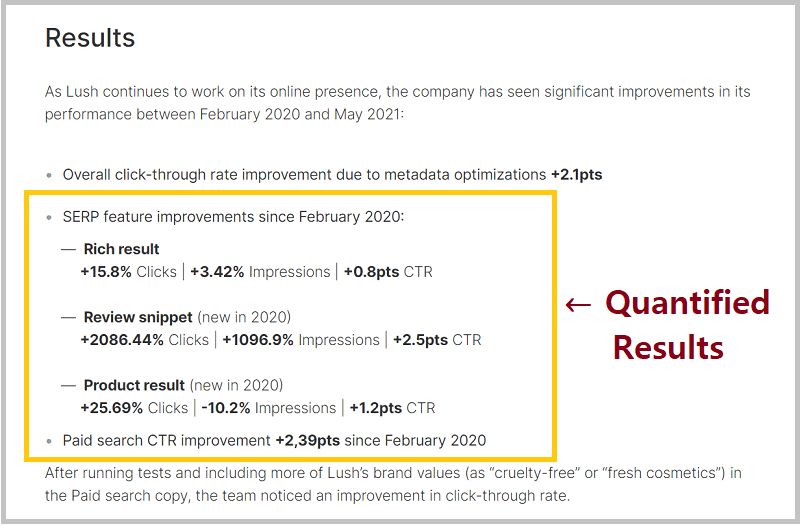
Also, add the actual quote from the clients. This makes your content and marketing more humanized.
This is how HubSpot is using customer quotes:
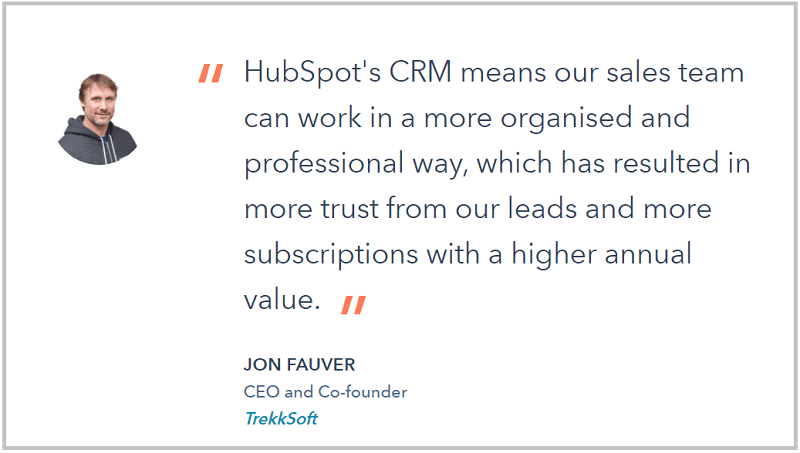
2/ Where to use customer case studies in marketing
Usually, success stories pages don’t get high traffic from search. But that doesn’t mean you are not going to promote it to the right users.
Here are some of the places to use the stories:
- Create a separate customer success stories page where all the stories will be listed. Even better allow the users to filter case studies by industry so they can find the most relevant ones easily.
- Add it to the home page, about page and other important landing pages.
- Use success stories within your email marketing campaign with a clear CTA like “book a demo call”, “schedule a meeting,” etc.
- Share on social media
- Turn it into a blog post format
3/ When to use success stories in your marketing funnel
Mainly success stories are a part of the bottom-of-the-funnel. That means you don’t want people to first see the customer stories when they land on your site.
The better way?
I’d recommend using this as a sales content. So whenever someone interacts with your product, starts a free trial, book a meeting or even at the end of the email marketing sequence, you can share to turn leads into sales.
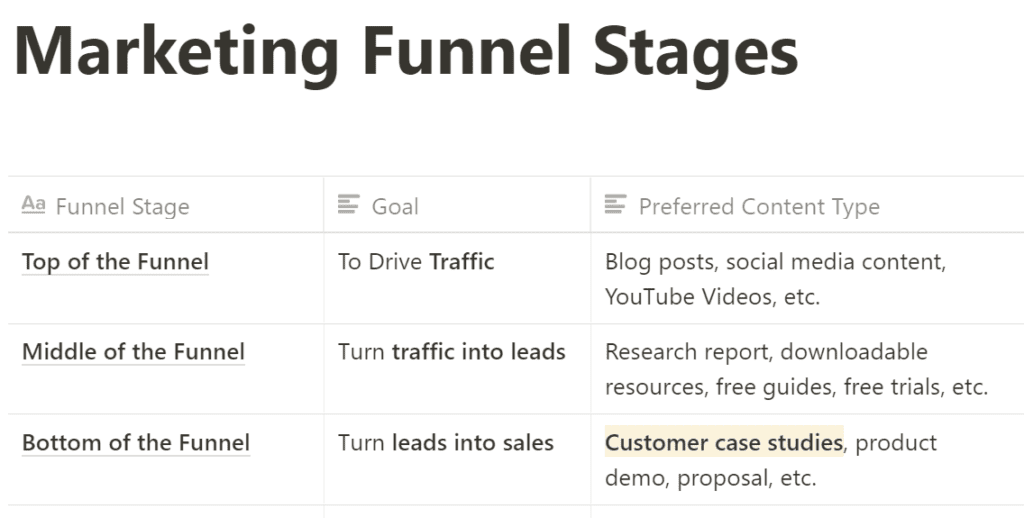
3. Keyword Specific Service Pages
If your B2B business falls under the service category, then creating keyword specific service pages is super important.
But optimizing your service page for SEO is as important as optimizing it for conversion.
1/ Create the content structure
Start with the basics of keyword research.
The first thing you should be doing is make a list of primary keywords that your potential customers could be searching for.
For example, if you’re running a company that specializes in corporate gifting, then primary keywords could be corporate gifting, corporate gift manufacturers, promotion gifts.
Turn keywords into topics.
Use Google autosuggestions to understand the relevant topics and keywords for your service page.
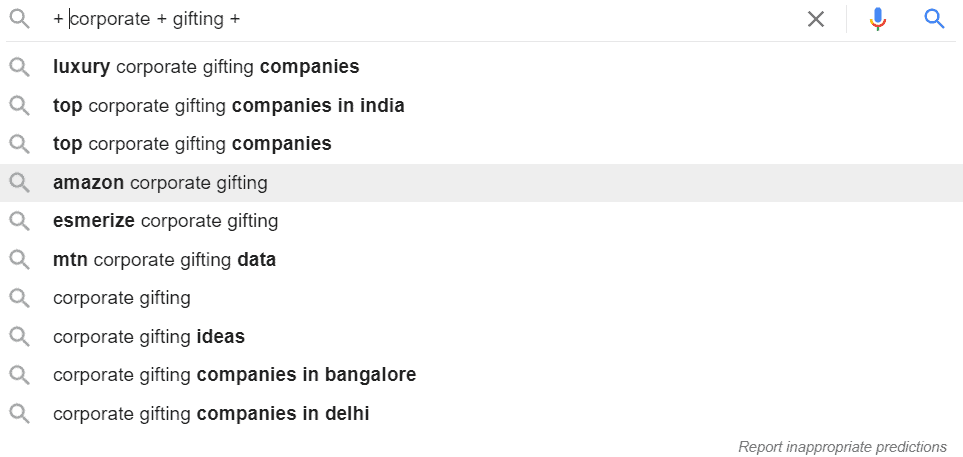
Also, look for the ‘People Also Ask’ Box that displays the related questions people are asking.
Here’s an example:
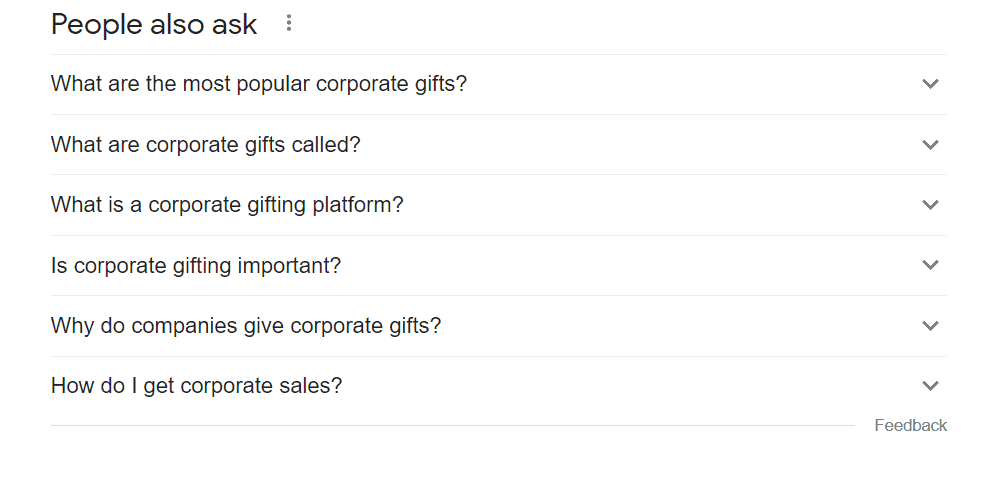
Why is this important?
The goal of your landing page is not just to drive traffic but also to convert people into paying customers.
And, one of the ways to encourage them to take the next step is by answering the most asked questions.
You can also take help from Quora, Reddit, and even ‘Answer the public’ tool to get more relevant questions to add into your service page.
Competitor analysis to strengthen keyword research
For this you can use any premium SEO tool like Ahrefs, Semrush. Here, I’ll be using Ahrefs.
Go to the site explorer of Ahrefs and type the service page URL of your competitor.
Next, select the ‘exact URL’ tab to get keywords that the service page is ranking for.
Enter search.
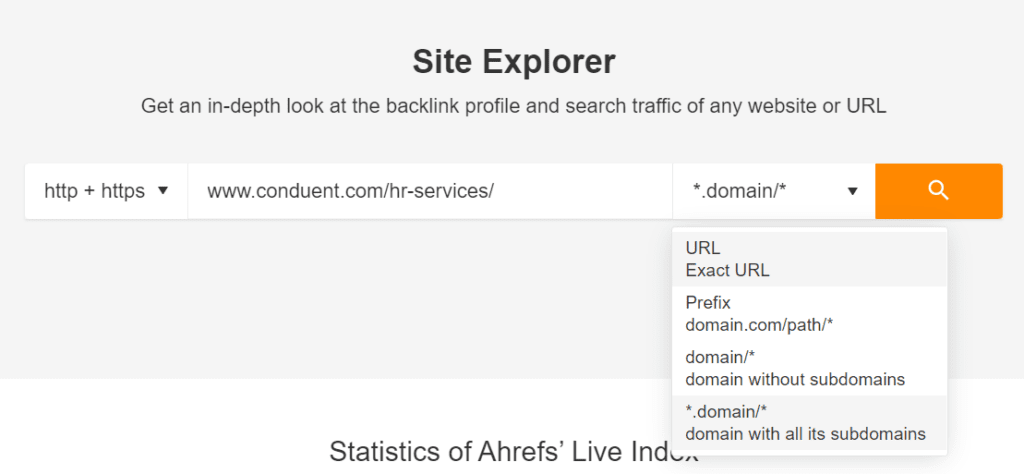
Now, once you click on the keywords report, you’ll get to see the top relevant keywords that the service page is ranking for.
From here, you’ll get many keywords and topic ideas to include in your service pages.
Here’s how the report looks like:
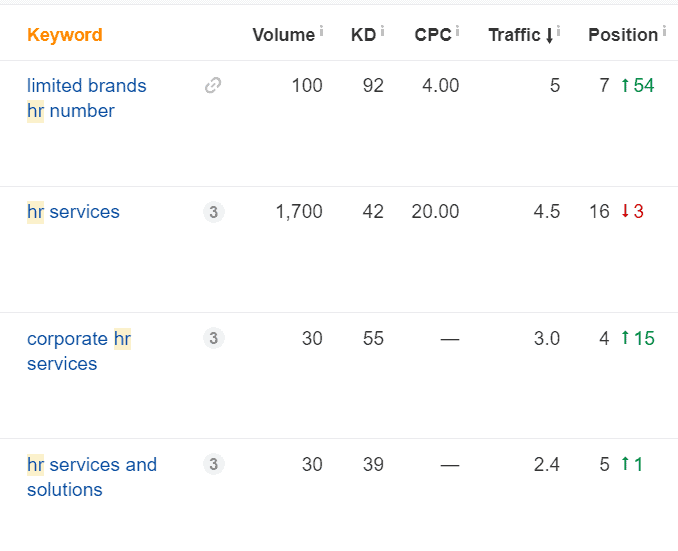
Since Google considers these keywords relevant to that page, chances are your service page will match the searcher intent.
This way you’ll get the content structure for your service page that not only drives organic visitors but also helps in conversion.
4. Publish Original Research Report
Original research is one of the most effective ways for building thought leadership, acquiring organic links, driving social shares and traffic.
But publishing data-driven original research isn’t that easy. Sometimes it takes 10x more effort than creating a long-form blog post.
At the same time, it can bring 100x more results than a blog guide, according to Orbitmedia.
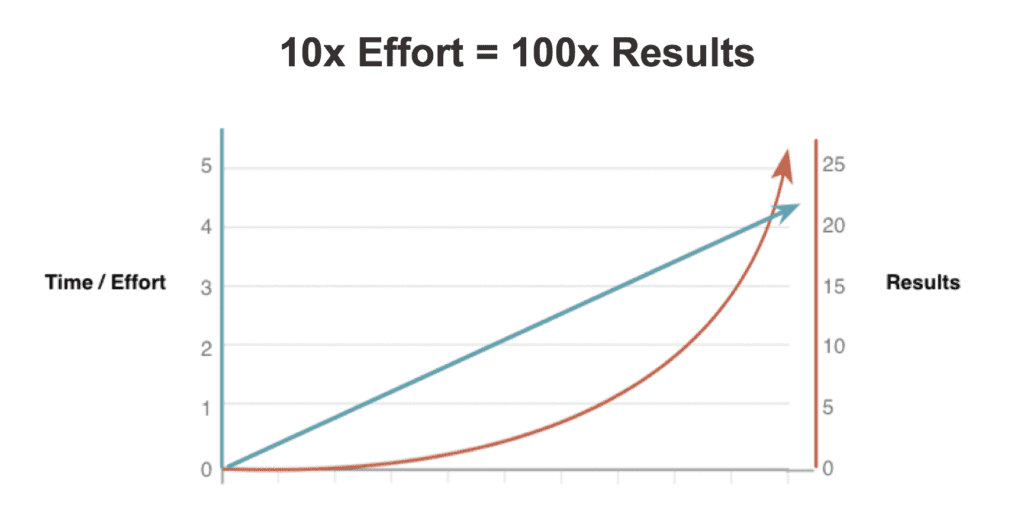
Here’s a complete process to publish and get benefits from orginical research.
1/ Find the winning topic
This is the most important step that ensures whether your research will earn enough links or attention or not.
The content topic must be relevant to your industry, business offerings, and most of all it should be something that people are interested in.
One quick way to find these topics is by using Google Trends.
- Go to Google trends and type seed keywords.
Here, I am taking an example of project management.
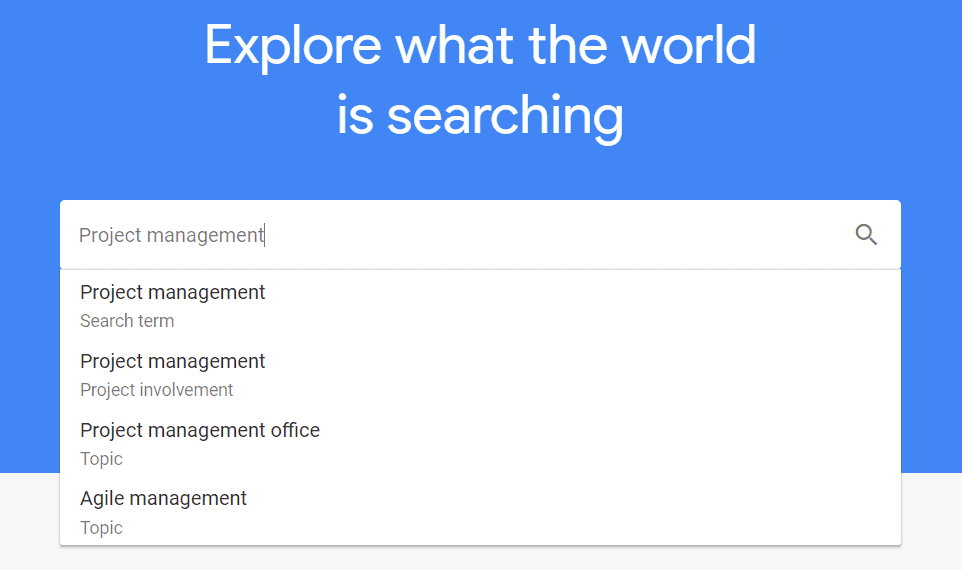
Now, after clicking the enter button, scroll to the bottom of the page where you’ll find ‘related topics’ and ‘related queries’ sections.
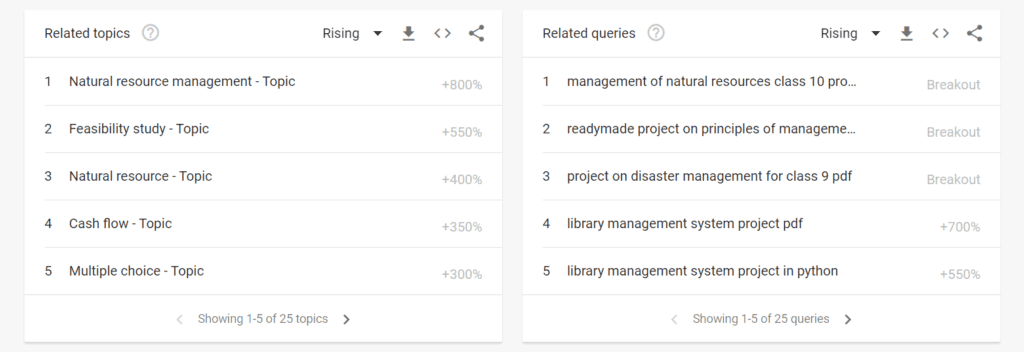
Now, these topics and queries are currently trending. Or in simple words, people in your industry are interested in these topics.
Here, you can find some cool ideas for the study or conducting any research.
2/ Perform the study
Now, the goal is not to publish something that’s already been published by others. Instead you should be looking for fresh research and data.
Some of ways to collect data for your original research:
- Experimental data (Run experiments with a specific data set)
Example: Buzzsumo’s study on 500 million facebook posts
- Outsourcing data from publicly available sources
Example: Annual digital marketing jobs report
- Customer survey (Run phone, text or call survey to ask predefined questions)
Example: Global consumer insights report
- Collaboration with companies to access their data (Find companies who have access to the data you’re looking for)
Example: Backlinko’s collaboration with BuzzSumo
3/ Turn data into visuals and storytelling
Surely, you’ll have access to a lot of interesting statistics from the research. But to make it to the next level, you need to turn interesting insights into easy-to-understand visuals.
Use charts, graphs, illustrations, infographics or even GIFs to make it look good.
There are some hidden benefits of using custom visuals:
- Custom visuals tend to get more shares on social media
- It attracts links
- Improve the user experience
4/ Promote, promote, and promote
Surely publishing a research report takes a lot of hard work, right resources, and skills.
But the mistake you should be avoiding is lack of promotion.
Here’s a content promotion checklist you may consider
- Create pre-launch excitement by sharing research preview and data statistics
- Reach out to bloggers, newsletter owners, social media influencers with early access so they might share on the day of launch.
- Cold outreach to relevant people with the early access of the report
- Email your list to inform that you’re publishing the report soon.
- Schedule social media posts during the launch week.
- On the day of launch, run a webinar to discuss the key insights from the research
- Outreach journalists to see if they’re interested to cover your research
- Find relevant questions around the research topic in online forums such as Reddit, Quora. And, answer with the data and screenshots.
- Write guest articles regarding the key highlights from the report
- Last but not least, promote the research multiple times a year.
TIP: To acquire more organic links to your website, don’t gate the content. Instead make it publicly available on the blog.
An successful example:
Briand Dean (from Backlinko) performed this data-driven study on voice search.
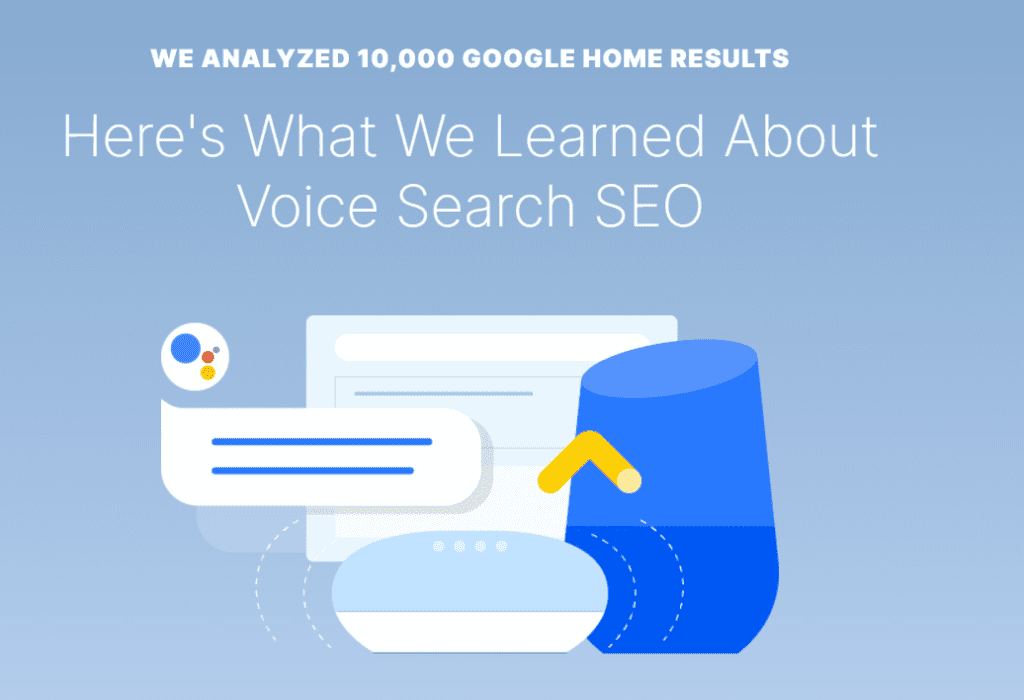
First, the topic ‘voice search’ is pretty trending and people in SEO are interested to know more about the topic.
Next, Brian didn’t make the research report gated.
Instead, he created an article. As a result, that single post has acquired over 5,400 links from 1,350 domains, according to Ahrefs data.

Conclusion
This was all about the practical B2B content strategies that lead to higher ranking and qualified leads. B2B content marketing is similar to B2C content marketing. The key difference is the audience and their requirements from brands.
I hope you’ve got some valuable insights from this guide.
Now, I am curious to know if you’ve done something different to get results in B2B business. Let me know in the comments below.
Also Read = How to promote a business with content marketing

